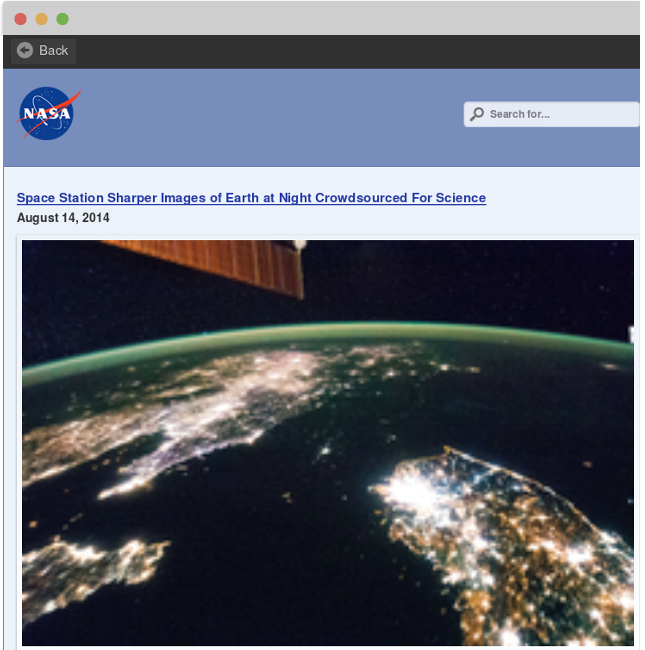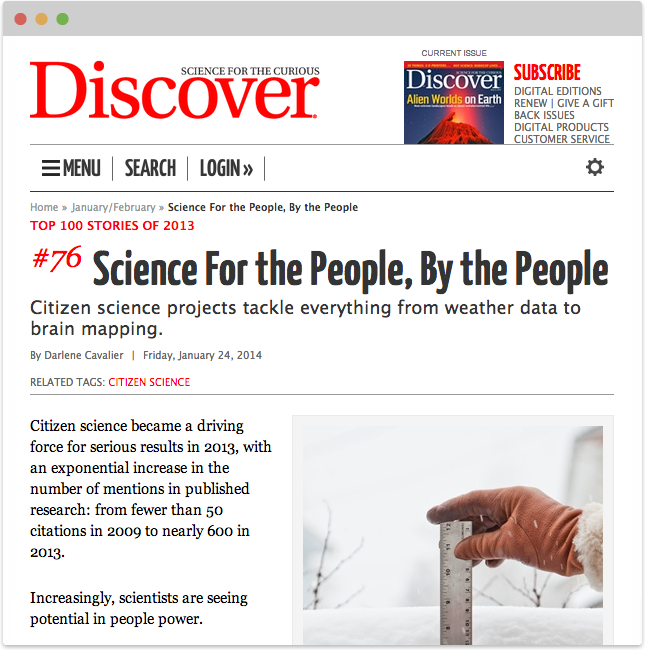What was Crowdcrafting?
Crowdcrafting was a web-based service that invited volunteers to contribute to scientific projects developed by citizens, professionals or institutions that needed help to solve problems, analyze data or complete challenging tasks that couldn't be done by machines alone, but required human intelligence. The platform was 100% open source built on top of PYBOSSA and 100% open-science making scientific research accessible to everyone.
Crowdcrafting origins
Crowdcrafting was born at a hackathon in Cape Town, South Africa in 2011. It was a free and open source alternative to existing citizen science platforms. In partnership with key collaborators, such as CERN, United Nations (UNITAR), the University of Geneva, and Open Knowledge International we reached out to and inspired many people to get involved with science.
Eight years later, we feel that we need to focus more on PYBOSSA technology than on the free platform.
During these years we had really cool projects in the platform. We had more than 54 thousand users, more than 1.5 million tasks uploaded by the community and more than 2.5 million classifications or analysis done by you, the people behind Crowdcrafting.
Crowdcrafting has been the home for more than 3 thousand projects created by citizens, researchers and institutions from all over the world.
Crowdcrafting project wizard
During these years, one of the features that allowed people to easily create a research project, was our project wizard.
The wizard basically asked you a few questions, and without writing a single line of code, the user would have a project up and running within minutes. Here is an example about how you could analyze a set of pictures with the crowd:
Crowdcrafting Awards
Featured on Press
During its eight years, Crowcrafting capture the attention of international press. We were featured in the home page of NASA, as well as on the Discovery Magazine, National Geographic, El País, Nature, etc. Here you have a few examples of those articles:




